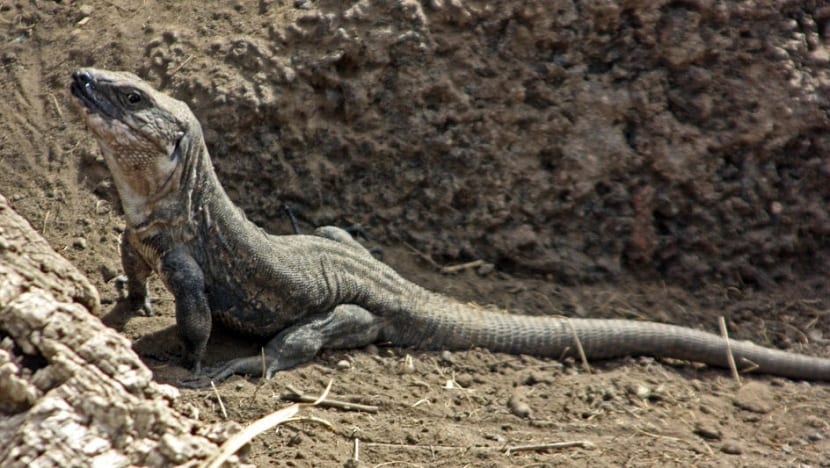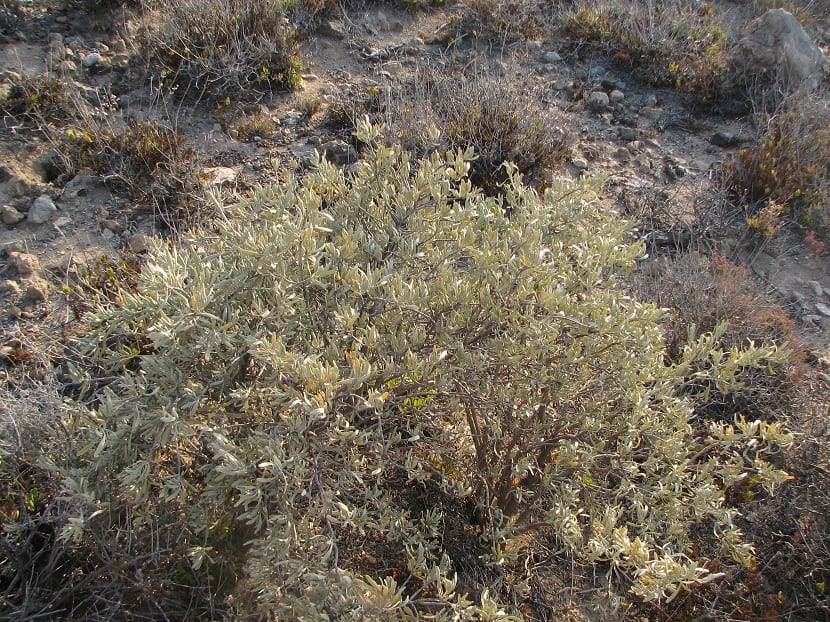
Natural ecosystems have super complex balances and on which the dynamics of the populations that live in them depend to a great extent. Many species are conditioning of others, opportunists, symbionts, etc.
In this case, we talk about reduction of giant lizard populations that the Canary Islands are suffering. These lizards are emblematic and their reduction is endangering the survival of flora that only exists on the islands, that is, of endemic flora. Do you want to know more about the effects caused by the reduction of flakes?
Impact of man on ecosystems
As we know with more certainty every day, man generates negative impacts on natural ecosystems by reducing the populations of animal and plant species, destroying habitats and destabilizing ecological balances. In this case, the action of man due to excessive urbanization and construction is reducing the populations of giant lizards.
Los investigadores Néstor Pérez-Méndez, Pedro Jordano and Alfredo Valido published in the latest issue of the journal "Journal of Ecology" a work in which they analyze how the reduction of the populations of giant lizards (including their extinction in some cases) influences the plants that depend on these reptiles to disperse its seeds down the middle.
Since the fifteenth century, when human beings came to the islands, along with the invasive species that are associated with it, Giant lizard populations began to decline. Among the invasive species that humans introduced, we have the cat.
In this case, biologists have verified that the orijama (Neochamaelea pulverulenta), a shrub endemic to the Canary Islands, depends exclusively on medium and large lizards that eat its fruits to disperse its seeds.
Ecological data

As mentioned before, in nature, there are plants and animals that depend on others to survive and develop. Genetic exchange between populations it is of vital importance for there to be biodiversity in the ecosystem and everything can flow well and with harmony.
According to the data collected in the studies, it has been shown that, due to the disappearance of the giant lizards, it has caused drastic reduction in genetic connectivity in the orijama populations.
The study shows that the places where the lizard has disappeared or its populations reduced, the connectivity of these plants drops sharply, causing isolation and genetic changes.
As you can see, each living being in an ecosystem fulfills an important function and it depends on us that they can continue to fulfill their function.